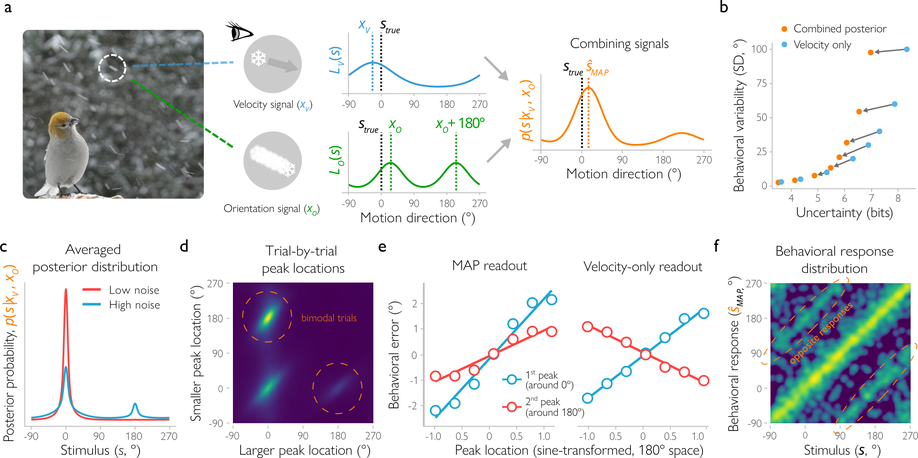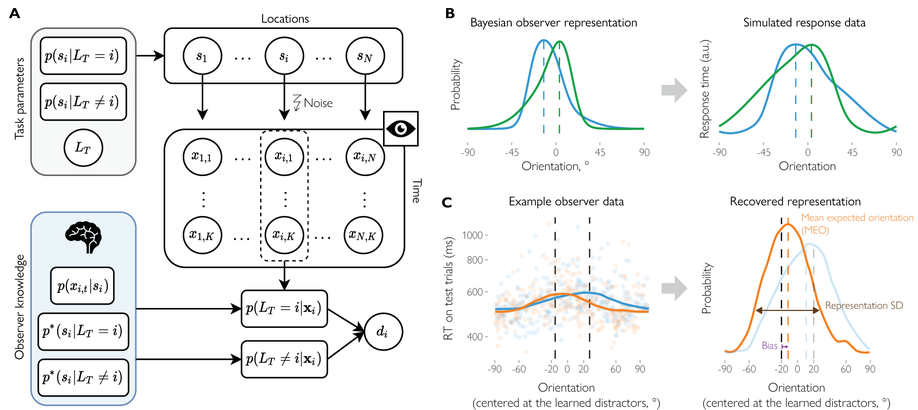Biography
I am an Associate Professor in Cognitive Psychology at the Department of Psychosocial Science, Faculty of Psychology, University of Bergen. I received my Ph.D. from St. Petersburg University, Russia, in 2015 supervised by Dr. Viktor Allakhverdov. During that time I was studying how the accuracy of perceptual predictions is related to an experience of positive or negative affect, for example, how an ability to discern a figure in a noisy image makes this image look more pleasant. I then left Russia to work at the University of Iceland with Dr. Árni Kristjánsson, where I looked into a representation of probabilistic perceptual ensembles. I developed a simple behavioral technique (coined ‘feature distribution learning’) allowing to infer how observers quickly approximate different kinds of probability distributions from just a few examples of stimuli sets. Later, I moved to the Visual Computation group headed by Dr. Janneke Jehee at Donders Center for Cognitive Neuroimaging (DCCN) where I studied the representation of visual uncertainty in the brain with particular emphasis on uncertainty in motion perception. First as a postdoc, and then as a staff scientist at DCCN, I worked to develop new computational models and tools for simulations and data analyses. For example, we used a Bayesian model to decode the information about the uncertainty from the fMRI BOLD response in the human visual cortex.
Currently, I use a combination of computational modeling and behavioral methods to understand biases in perception and memory (see more on that below). I am also interested in a wide range of problems in cognitive psychology and neuroscience (some examples from my previous work), so get in touch if you want to collaborate.



